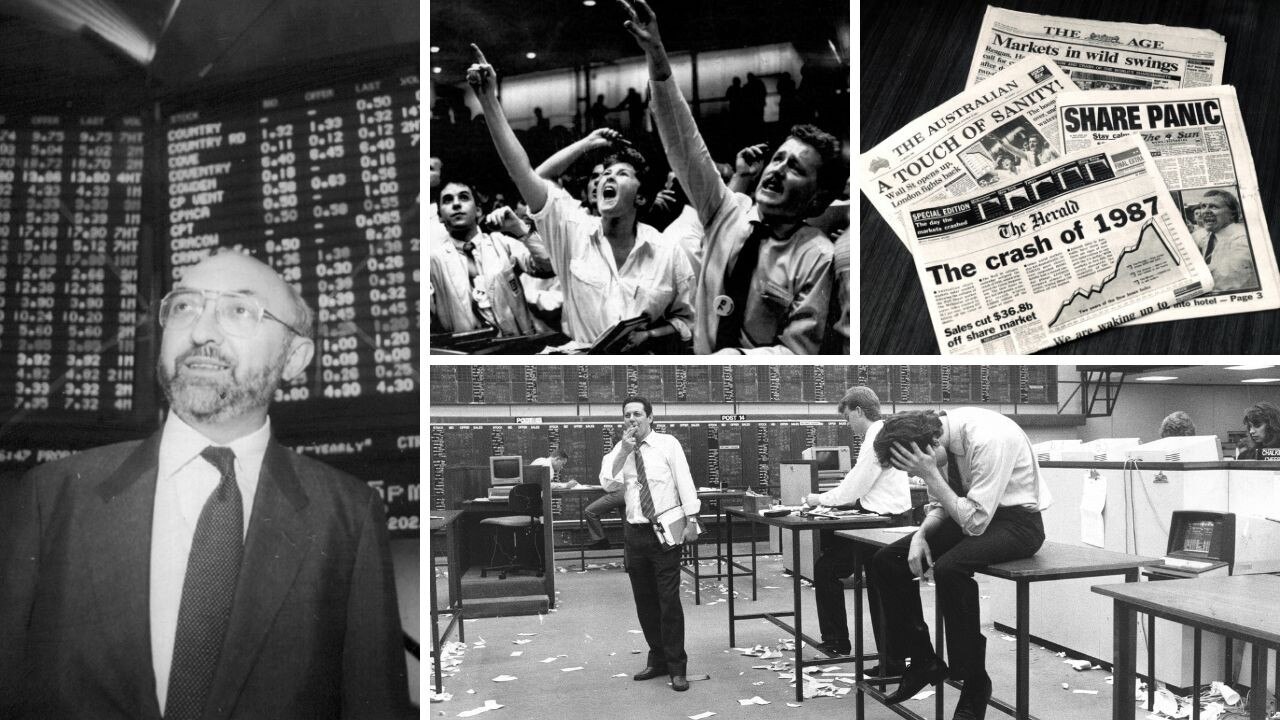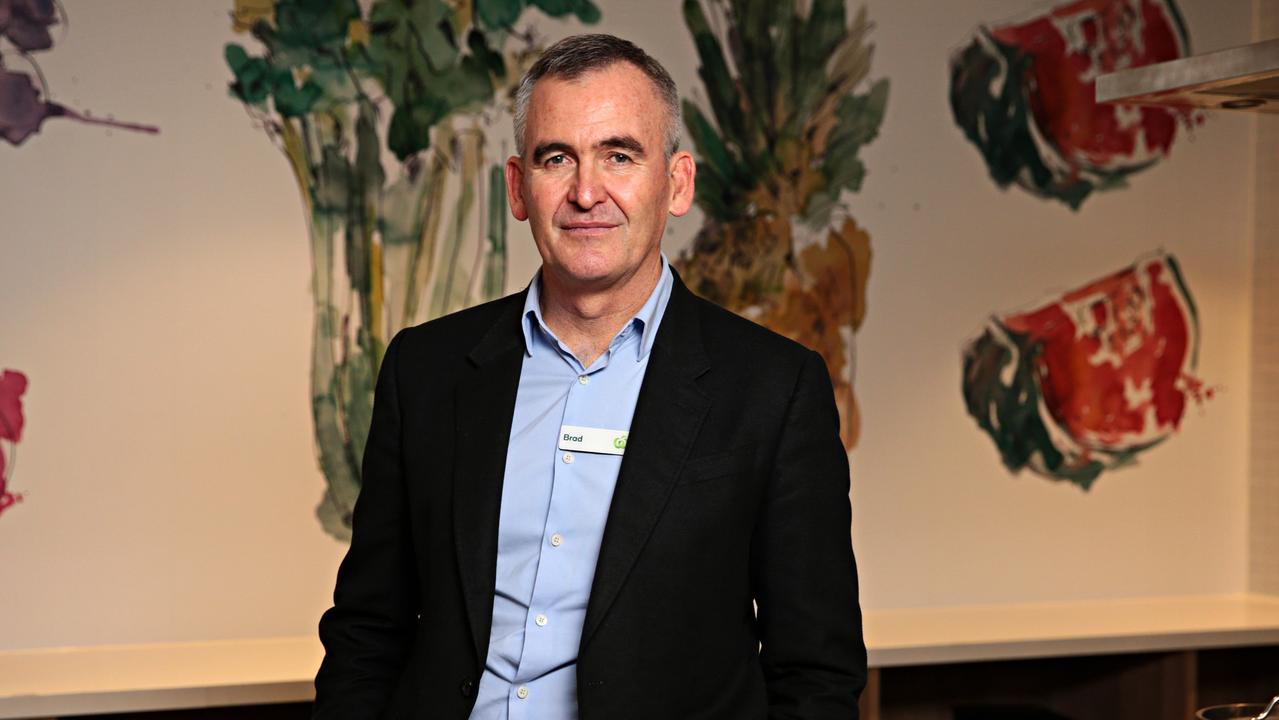NZ Reserve Bank nails our RBA’s rates failure
RBA governor Philip Lowe doesn’t seem to realise that it’s entirely on his shoulders to head off a wages spiral by getting rates up faster than he’s been doing.
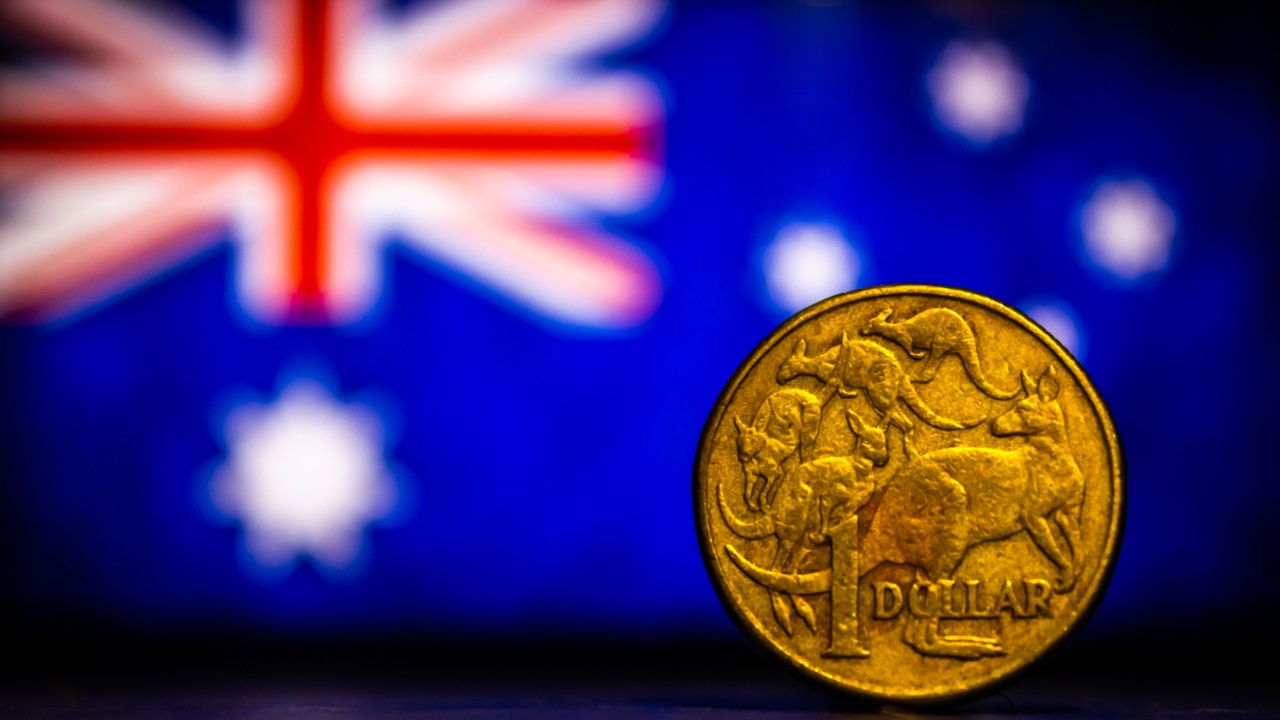
Terry McCrann
Don't miss out on the headlines from Terry McCrann. Followed categories will be added to My News.
Is NDIS minister and former – desperately – wannabe prime minister Bill Shorten really as stupid as he seemingly wants us to believe?
In leaping Wednesday to attack Reserve Bank governor Philip Lowe over his warnings of the risks and pain of a wages-prices spiral – describing Lowe’s comments as “rubbish” – Shorten accused Lowe of saying something he simply did not say.
Lowe was not saying that current wage rises would unleash a wages-prices spiral.
Indeed, he specifically stated that aggregate wage outcomes in Australia had – “so far” - been “consistent with a return of inflation to target”.
Lowe’s warning was all about future wage rises; cautioning against the disaster that would unfold if workers and unions now chased - and got – the 7-8 per cent wage rises that would ‘catch-up’ with current inflation.
That was the disastrous devastating lesson of the 1970s and 1980s, in both the US and here in Australia, when it took long, extended recessions – a near-decade of a jobless rate at or above 8 per cent in Australia compared with today’s 3.4 per cent – to get inflation down.
In short, the biggest losers, the real victims, of a ’successful’ wages-chasing-inflation spiral, would be the very workers who might seem to win by getting those wages rises: all it would really get them was massive and extended job losses and yet more crippling inflation.
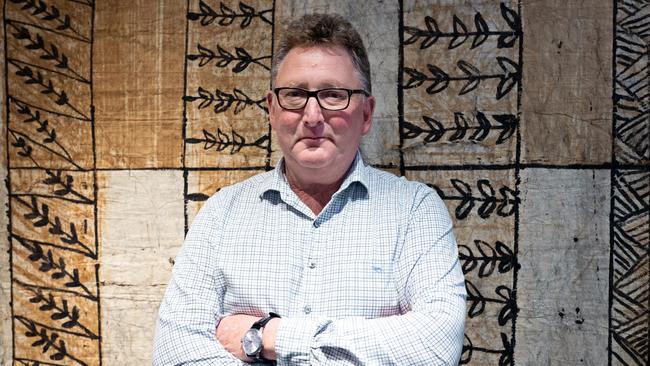
That said, Lowe’s comments – indirectly and clearly unknowingly (by him) – exposed the dangerous folly of his own leisurely approach to interest rate hikes, aiming to get inflation back below 3 per cent only ‘sometime’ – hopefully – in 2025.
Put simply, the longer Lowe ‘allows’ inflation to stay in the 4-6 per cent range – or, far, far worse, in the 6-8 per cent range, if not indeed even higher – the greater the risk of unleashing a 6 per cent generalised wages surge across the economy.
Especially with today’s very tight labour market.
Lowe doesn’t seem to realise that the buck stops at his desk; it’s entirely on his shoulders to head off a wages spiral by getting rates up faster than he’s been doing; all the better to start getting them down faster as well.
Does he really want to replay the late-1980s and early 1990s?
With the folly of his ‘manana’ approach being brought into sharp and immediate relief by the decision of the NZ Reserve Bank on Wednesday to hike its official rate by 0.75 per cent – three times the 0.25 per cent hike Lowe delivered on Cup Day.
Indeed, the RBNZ actually tossed up between the 75 points and a full 1 per cent.
Inflation in NZ is almost exactly the same as Australia -7.2 per cent there, 7.3 per cent here.
The RBNZ has already got its official rate up to, now, 4.25 per cent.
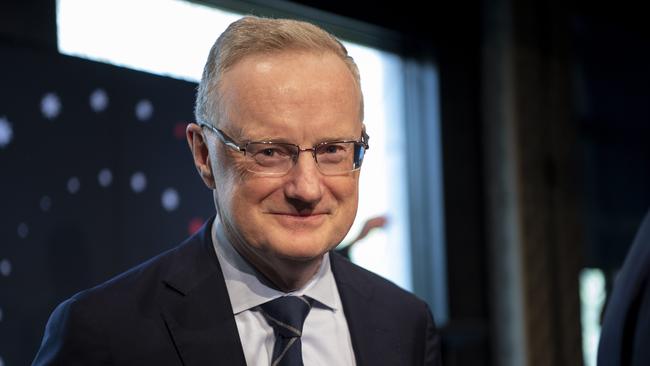
That compares with the RBA’s 2.85 per cent and the 3.1 per cent it will be after its 0.25 per cent rate hike at its next meeting in early December – after which the RBA ‘goes away’ for two months.
Incidentally, Lowe all-but confirmed it would be just the 0.25 per cent in December, when he said in his speech Tuesday night that the RBA board had not “ruled out returning to 50 basis point increases if that is necessary”.
We clearly have a different perception of necessity.
In my judgment 50 points was necessary in both November and December.
That would still have left the RBA’s rate finishing the year at only 3.6 per cent – compared with the RBNZ’s current 4.25 per cent.
Further, importantly and astonishingly, Lowe made no reference at all to the real interest rate.
At a negative 4.45 per cent (inflation of 7.3 per cent less the 2.85 per cent) it is still actually highly stimulatory.
Originally published as NZ Reserve Bank nails our RBA’s rates failure




